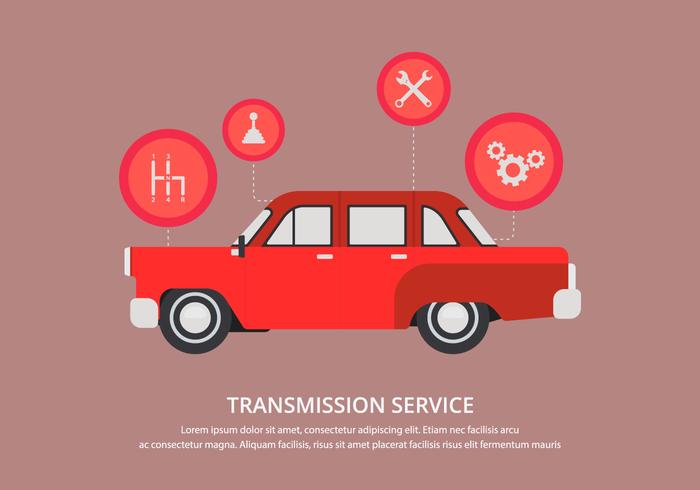Seeking Clarity On The Warning Lights Presented On Your Cars And Truck'S Control Panel? Discover How They Connect To Your Vehicle'S Health And Wellness
Seeking Clarity On The Warning Lights Presented On Your Cars And Truck'S Control Panel? Discover How They Connect To Your Vehicle'S Health And Wellness
Blog Article
Personnel Writer-Boye Shepherd
When you're behind the wheel, those radiant warning lights on your control panel can be a little bit puzzling. Do you understand what they're attempting to tell you concerning your vehicle's health? Understanding the value of these lights is crucial for your safety and the long life of your lorry. So, the following time one of those lights turns up, would not you intend to decipher its message properly and take the necessary steps to address it?
Common Warning Lights and Interpretations
Identify typical caution lights in your car and understand their definitions to make certain risk-free driving.
One of the most typical caution lights include the check engine light, which signals problems with the engine or emissions system. If this light begins, it's crucial to have your vehicle checked quickly.
The oil pressure advising light shows low oil stress, needing immediate attention to prevent engine damages.
A blinking battery light might recommend a defective billing system, potentially leaving you stranded otherwise addressed.
The tire stress tracking system (TPMS) light notifies you to reduced tire pressure, impacting automobile security and fuel effectiveness. Neglecting this could lead to hazardous driving problems.
The abdominal muscle light indicates a problem with the anti-lock braking system, jeopardizing your capability to stop swiftly in emergencies.
Finally, the coolant temperature alerting light warns of engine overheating, which can cause extreme damage otherwise resolved quickly.
Understanding these common caution lights will certainly assist you resolve concerns promptly and preserve risk-free driving conditions.
Significance of Prompt Attention
Comprehending the common caution lights in your automobile is just the primary step; the relevance of quickly attending to these warnings can not be emphasized sufficient to ensure your safety and security when driving.
When a warning light brightens on your dashboard, it's your automobile's method of interacting a potential concern that requires attention. Neglecting these warnings can lead to extra serious problems down the road, endangering your safety and possibly costing you much more out of commission.
Prompt focus to advising lights can protect against breakdowns and mishaps. For example, a flashing check engine light can indicate a misfire that, if left ignored, could trigger damages to the catalytic converter. Addressing this quickly can save you from an expensive fixing.
Similarly, click the up coming website page warning light may indicate low brake fluid or worn brake pads, essential elements for your safety and security when driving.
DIY Troubleshooting Tips
If you see a warning light on your control panel, there are a few do it yourself repairing suggestions you can attempt prior to seeking professional assistance.
carwashhowick is to consult your auto's manual to comprehend what the details warning light shows. Often the concern can be as easy as a loose gas cap activating the check engine light. Tightening the gas cap may deal with the issue.
One more usual problem is a low battery, which can set off different cautioning lights. Examining the battery connections for deterioration and guaranteeing they're protected could deal with the trouble.
If a warning light persists, you can try resetting it by disconnecting the cars and truck's battery for a couple of minutes and after that reconnecting it. Furthermore, checking your vehicle's liquid levels, such as oil, coolant, and brake fluid, can help troubleshoot warning lights connected to these systems.
Final thought
To conclude, comprehending your auto's caution lights is crucial for keeping your car running efficiently and safely. By promptly addressing these informs and recognizing what they mean, you can prevent expensive repair services and prospective breakdowns.
Keep in mind to consult your auto's handbook for particular information on each cautioning light and act appropriately to make sure a hassle-free driving experience.
Keep notified, remain safe when driving!
